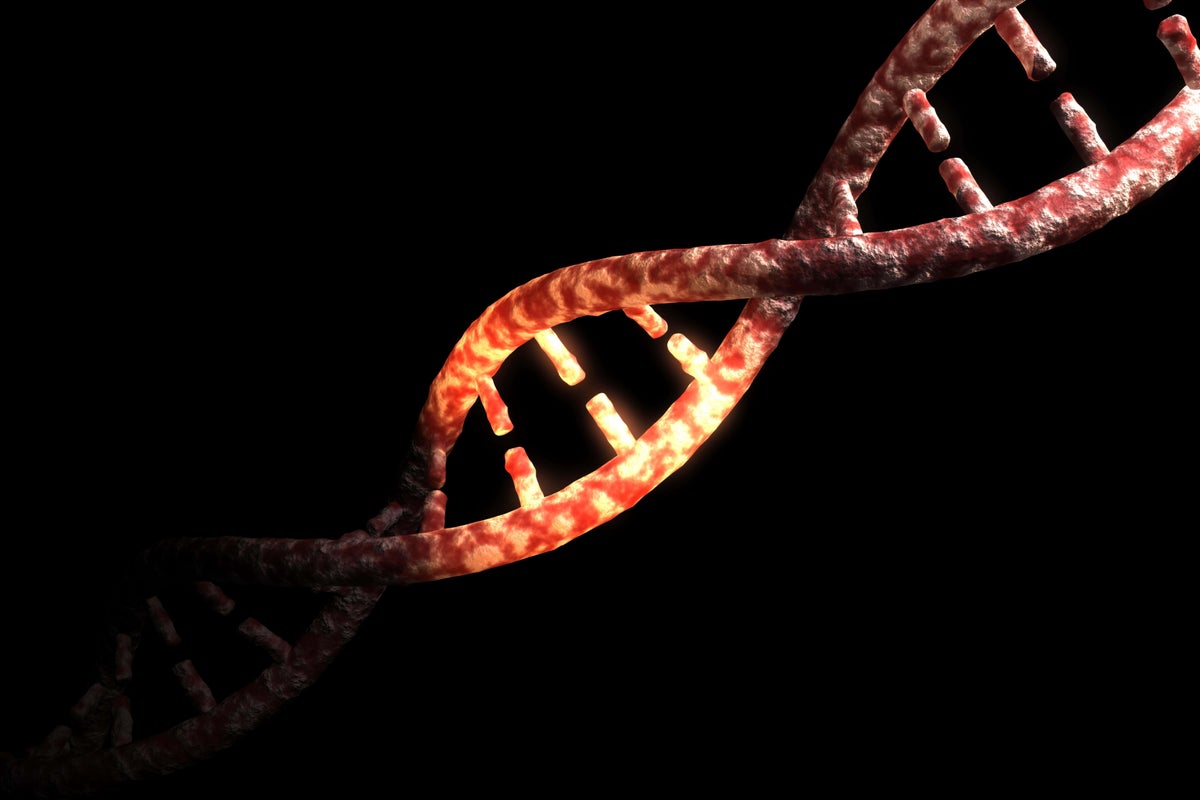
British scientist Rosalind Franklin was “an equal contributor” in the discovery of DNA structure and not a “victim”, according to scientists.
Matthew Cobb, a professor of zoology at the University of Manchester and Nathaniel Comfort, a professor of history of medicine at Johns Hopkins University, US, said they have found new evidence, in an overlooked letter as well as an unpublished news article from 70 years ago, that shows Franklin did not fail to understand the structure of DNA as implied by fellow scientist James Watson.
DNA was discovered in 1869, but it took scientists more than 70 years to realise it was the genetic material in all cells and contained a code for life.
The next step was to find out its structure and Cambridge scientists Francis Crick and Watson were trying to build a 3D model of the DNA molecule.
They were competing with a team at King’s College London, who were using a new technique called crystallography to study DNA.
Franklin, from the King’s College team, made an X-ray diffraction image of DNA with her graduate student Raymond Gosling, which is known as Photograph 51.
This showed that DNA had a helix shape.
It is believed that without her knowledge, one of her colleagues – Maurice Wilkins – showed the picture to Watson.
This image – as well as data from Franklin’s research – proved to be crucial in giving Watson and Crick the information they needed for the building of their DNA model and their seminal paper on DNA’s double helix structure was published in Nature in 1953.
She (Rosalind Franklin) was up against not just the routine sexism of the day, but also more subtle forms embedded in science - some of which are still present today— Professors Cobb and Comfort
Watson, Crick and Wilkins were awarded The Nobel Prize in Physiology or Medicine in 1962 for their discovery, four years after the death of Franklin.
Professors Cobb and Comfort said that it is implied by Watson, in his book The Double Helix, that Franklin was unable to decipher what her own data were telling her about DNA.
But the duo added that evidence uncovered by them proves otherwise.
On visiting Franklin’s archive at Churchill College in Cambridge, the authors found a draft news article, written by journalist Joan Bruce in consultation with Franklin and meant for publication in Time magazine, as well as an overlooked letter from one of Franklin’s colleague Pauline Cowan to Crick.
Together, they said, these documents indicate that Franklin did not fail to understand the structure of DNA, and was “an equal member of a quartet who solved the double helix”.
Writing in a comment piece in Nature, Prof Cobb and Prof Comfort said that along with Wilkins, she was “one half of the team that articulated the scientific question, took important early steps towards a solution, provided crucial data and verified the result”.
They added: “She was up against not just the routine sexism of the day, but also more subtle forms embedded in science, some of which are still present today.”
Prof Cobb and Prof Comfort concluded: “She deserves to be remembered not as the victim of the double helix, but as an equal contributor to the solution of the structure.”







